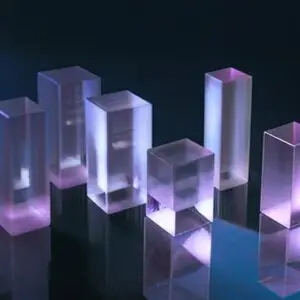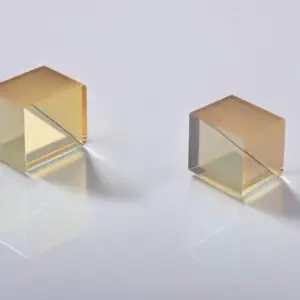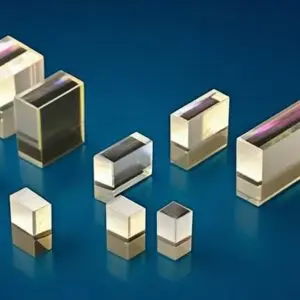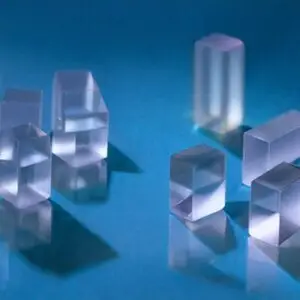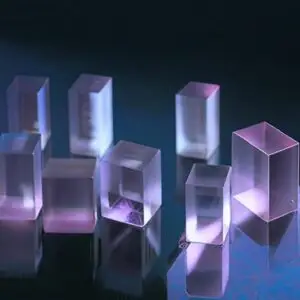Borosilicate glass is a unique type of glass that contains silica and boron trioxide as its main components. This composition gives it exceptional thermal resistance, chemical stability, and durability. Unlike traditional soda-lime glass, borosilicate glass can withstand rapid temperature changes without cracking, making it an ideal choice for applications like laboratory equipment, industrial glass, and high-quality cookware.
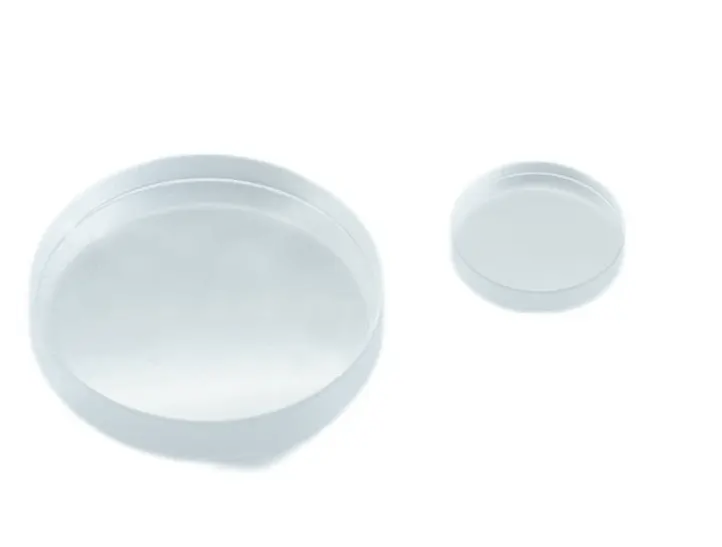
Is H-K9L or BK7 Part of Borosilicate Glass?
No, H-K9L and BK7 are not borosilicate glasses. These are high-grade optical crown glasses, specifically designed for optical applications such as precision lenses, prisms, and other high-performance optical components. While the glass is valued for its robustness and versatility, H-K9L and BK7 are optimized for optical clarity, low dispersion, and minimal light distortion, making them ideal for use in telescopes, cameras, and scientific instruments.
Although H-K9L and BK7 share some characteristics with borosilicate glass, such as transparency and chemical resistance, their composition and purpose differ. The glass prioritizes durability and thermal stability, while H-K9L and BK7 focus on optical precision.
How Does the Glass Differ From Crystal?
The primary difference between borosilicate glass and crystal lies in their composition, properties, and uses:
- Composition:
- the glass contains silica and boron trioxide, which provide its low thermal expansion and high resistance to heat.
- Crystal, often referred to as lead glass, typically includes lead oxide or other additives to enhance its brilliance and refractive properties.
- Applications:
- the glass is widely used for functional purposes, such as laboratory glassware, durable kitchenware, and industrial components.
- Crystal is primarily used for decorative items, including fine glassware, chandeliers, and luxury home decor, due to its sparkling appearance and ability to refract light.
- Durability:
- the glass is heat-resistant and chemically stable, making it suitable for demanding environments.
- Crystal is more delicate and prone to cracking under thermal stress or impact.
- Optical Properties:
- While borosilicate glass has good optical clarity, crystal offers greater brilliance and a higher refractive index, which enhances its aesthetic appeal.
Conclusion
Borosilicate glass is a versatile, durable material ideal for scientific and industrial applications. However, H-K9L and BK7 are specialized optical glasses that do not belong to the borosilicate family but instead serve precise optical needs. In contrast, crystal is valued for its decorative qualities but lacks the thermal and chemical robustness of the glass. Understanding these distinctions can help you choose the right material for your specific requirements.

